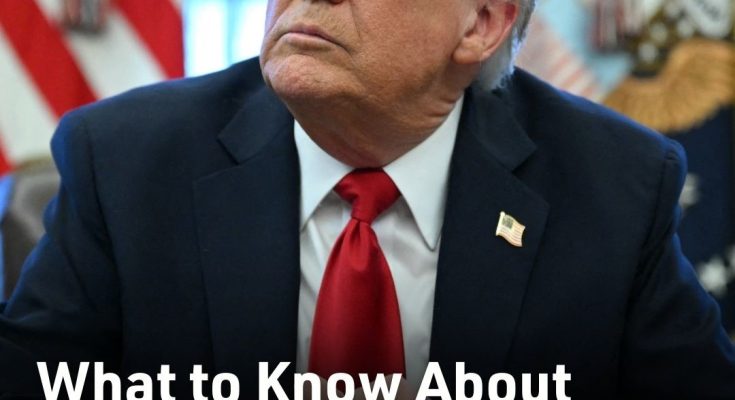While President Donald Trump hasn’t been specific about tariff rates to be announced, economists and trade experts believe that the White House will raise U.S. tariffs worldwide, anywhere from 9 percent to 18 percent. Trump said he would slap tariffs on any vehicle not manufactured in the United States on April 3.
What can the economy and markets expect from “Liberation Day” regarding trade and tariffs? Here are three primary takeaways.

1. Stock Market Still Has No Idea What to Expect
Wall Street analysts are weighing in on what the Trump administration will announce on April 2 and how that will impact the stock market.
Goldman Sachs economic experts have boosted the odds of a U.S. recession from 20 percent to 35 percent, primarily due to the tariff-fueled trade war threat. Company analysts say the expected reciprocal tariff rate coming out of the “Liberation Day” announcement could be double the 9 percent tariff hike expected by economists.
“Administration officials have said explicitly that the soon-to-be-announced tariff rates are intended as the basis for negotiation, which incentivizes the administration to propose higher rates at the outset,” chief political economist Alec Phillips stated in a research note. “This occurred in the recent experience with Canada and Mexico tariffs, which twice involved a steep tariff rate that was rescinded mostly or entirely after a few days.”
2. What Countries Are Being Targeted for Reciprocal Tariffs?
When “Liberation Day” was first announced, media reports indicated that a group of 15 countries with the highest tariff rates would be issued higher tariffs on April 2. Talk from the Trump administration has done little to specify the situation, which could include targets on small and large countries and tariffs on a wide variety of industries, including automotive, pharmaceutical, lumber, uranium, and manufacturing.
White House press secretary Karoline Leavitt said April 1 that Trump would unveil his plans to place reciprocal tariffs on nearly all American trading partners on April 2, but maintained that the details are up to the president to announce. There are “no exemptions at this time,” Leavitt said.
“What is known is that an additional 20 percent of tariffs imposed on China so far, the partial 25 percent tariffs on Canada and Mexico, as well as the 25 percent tariffs on steel and aluminum, have already pushed the effective US tariff rate up toward 7 percent,” said Neil Shearing, group chief economist at Capital Economics, in a new research note.
After including motor vehicle tariffs and the scheduled broadening of tariffs on Canada and Mexico this week, the “Liberation Day” tariff hike could be as high as 18 percent, “even before we consider the announcements due this week,” Shearing said. “Either way, it seems almost certain that the tariff rate will soon be the highest since the 1940s.”
3. What’s the Potential Economic Impact?
Much is riding on the actual tariff amounts and how they’ll be distributed, but the announcement comes at a risky time for the economy. Goldman noted that the U.S. economy is slowing and inflation is “sticky.” Additionally, consumer prices rose more than expected in March, according to the University of Michigan Consumer Sentiment Index. Inflation rose by 5 percent in March, the highest rate since November 2022.
“This (economic news) will have clear—and clearly negative—economic consequences,” Shearing added. “Although Trump continues to insist that tariffs are a tax on US trading partners, American importers must foot the bill, with the costs typically passed on to consumers.”



